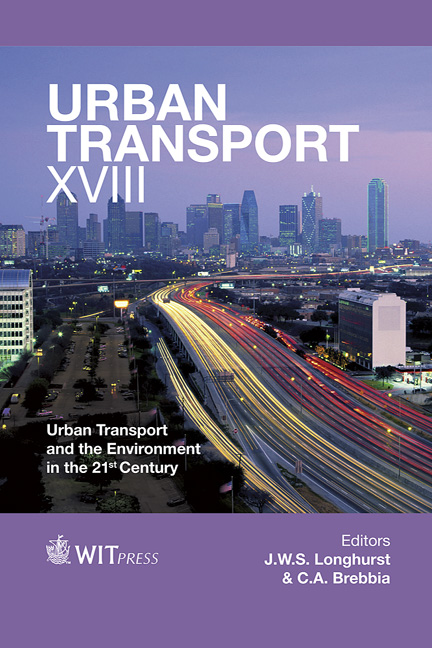Geotechnical Consideration Regarding The Routing Of Twin Railway Tunnels Across The Karoun River
Price
Free (open access)
Transaction
Volume
128
Pages
8
Page Range
641 - 648
Published
2012
Size
2,992 kb
Paper DOI
10.2495/UT120541
Copyright
WIT Press
Author(s)
B. Esmaeili, A. A. Safikhani & A. A. Amiri Samani
Abstract
Ahwaz city is located in the Khoozestan Province, a floodplain, almost flat area on the south western margin of the Zagros mountain range, well known by its giant oil fields. The four main geological phenomena of this area are: the Ahwaz fault, the Ahwaz anticline, the Aghajari formation and the alluvium deposits of Quaternary. Karoun, the biggest river of Iran, runs through this city. The Ahwaz Urban Railway Project was started in 2006 (the engineering, procurement and construction (EPC) contractor is Kayson Company). About 100 bore holes were drilled along the project, and the main problem was how to cross the river. Due to the city condition (streets, buildings...) the tunnels should pass under the river, but where and at what depth is the question. The agglomeration of people and transportation system were dictated by the zone of river crossing but in order to find the exact location and depth of the tunnels, complete studies were undertaken. 1 Introduction Ahwaz city is located in the south west of Iran as the centre of the Khuzestan Province with a population of about 2 million. The Ahwaz Urban Railway Project consists of a 24-kilometre parallel twin tunnel with a 6 metre final radius and 24 stations. The project level is -17.5m from the surface, except for the crossing with the Karoun River (the tunnels crossing under the Karoun River at a lower elevation) and the water level is about -2 m from the surface [1]. Twin tunnels would be drilled by a tunnel boring machine (TBM). Therefore, some boreholes with a complete set of laboratory and field tests were drilled on the
Keywords





